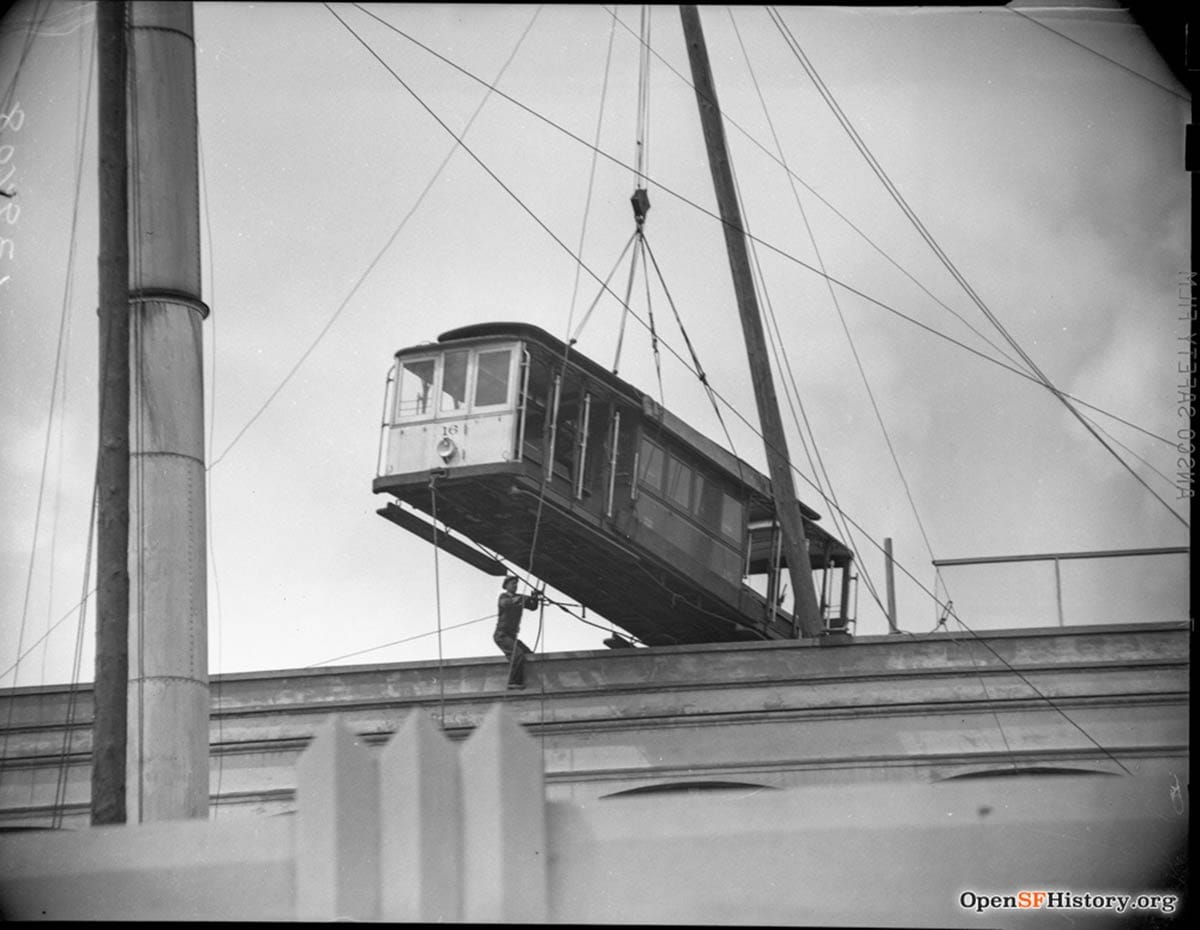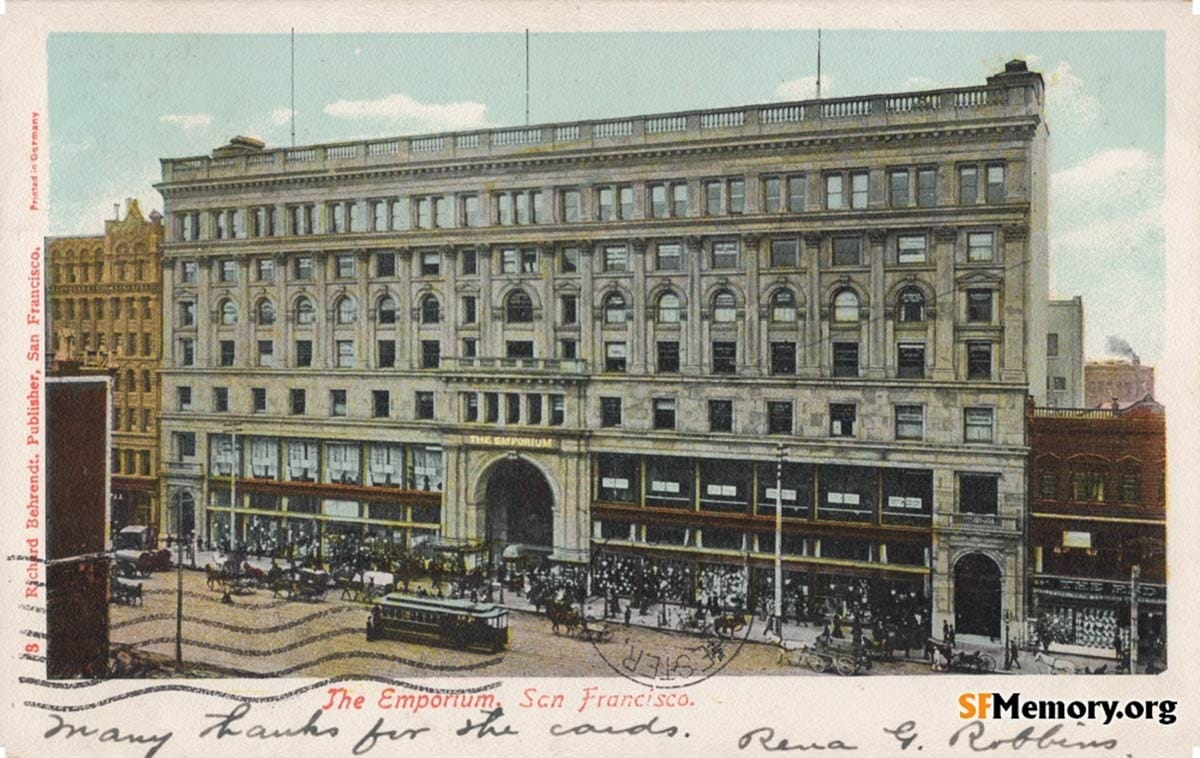Grab Bag #43
Emporium roof rides, the Human Jukebox, and Dianne Feinstein: a classic San Francisco Grab Bag, right?

The chill in the air has me thinking holidays. The chill in my aging bones has me nostalgic.
Here come the snaps in my head of Christmas time at the Emporium, Union Square lit up, and puppies cavorting around the elaborate holiday displays in Macy’s windows.
We lined up for Santa at the Emporium because the Emporium had the roof rides. My memories of the mini winter-carnival are happy but humble.
Then I see historical photos of Ferris wheels, carousels, and whole cable cars being hauled up, making me both question my recollections and admire the structural integrity of the old building.


Quick catch-up for younger, newer folks: the Emporium was one of the premier downtown department stores of the 20th century. The poor place was eviscerated for a super-mall remodel 20-odd years ago, but you can still admire the classical facade on the south side of Market Street between 4th and 5th Streets.

The roof rides seem to have started in a small way in the 1930s, a draw for holiday shoppers: bring the kids for their fun, then buy every gift you need at the “Big E.” The set up was usually done the last week of October and ran through Christmas.

